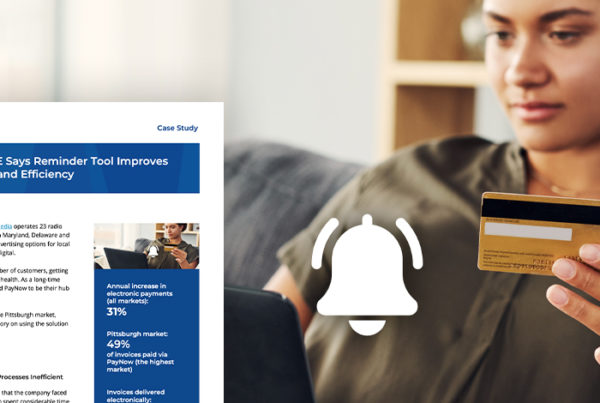Listening to broadcast radio is an integral part of Americans’ lives. It’s been that way for over 100 years and remains the top audio engagement choice. This crosses all demographics, including young consumers. New data concluded that AM/FM radio now bests TV in average audience and weekly reach. This accomplishment is a historic first and undercuts the perception that no one listens to radio.
A Look at the Data
The increased attention that radio receives from those ages 18 to 49 comes from Nielsen data. They reported that for this population segment, radio had a 3% greater share than TV. This development was a first. Just a few years ago, in 2018, broadcast radio had a 63% share of TV viewers. The trajectory since then has gone up.
Further, AM/FM radio reaches 83% of those ages 18 to 49 weekly, while broadcast TV only gets a 59% share of attention. The drop in linear TV viewing is primarily due to the explosion of streaming and cord-cutting. Consumers stated that streaming has replaced traditional TV and is now their default, according to a study from Hub Entertainment Research.
Broadcast TV certainly still has a place in the media mix, but consumer shifts continue to favor the flexibility of OTT and CTV.
So, why is this finding important for broadcast radio sales teams?
Local Advertisers May Need Reminders of Radio’s Power
Throughout every market, some advertisers have cut budgets for radio, either redistributing or eliminating the dollars. This often occurs because of misconceptions about radio’s reach and ability to influence buyer intent. The data tells a different story, illustrating that radio works across the sales funnel to deliver revenue, conversions and engagement.
Radio still leads in ad-supported listening time as well. When discussing the opportunities for radio advertising, it’s crucial to lay out these facts. When you combine radio spots with digital tactics, campaigns perform better, blending reach and targeting. In proposals, including an omnichannel approach to advertiser goals (with the receipts) can create some major “aha” moments for local businesses.
Another point is that the 18-49 category is typically one that all advertisers want to target. They may erroneously think these people don’t tune in to radio, but you can now show that they do.
Will Broadcast Radio Continue to Be a Habit for Young Consumers?
While there’s no crystal ball to peer into, there are drivers and trends that show optimism for 2024 and beyond, including:
- Analysts predict broadcast radio advertising will see increases in 2024.
- Radio consumption and ad spend are a mismatch. The amount of time people spend with radio is much greater than the budget advertisers assign to it. Correcting this can positively affect results.
- Radio outperforms other media in attention, according to a study. This unique engagement is good news for radio advertisers.
- Consumers have higher levels of trust in radio over most other types of media, which impacts how they respond to advertising.
These data points are the foundation for keeping radio ad buying growing. They dispel myths and solidify how crucial radio is to an ad mix.
For more on the future of radio advertising, view our 2024 Radio Revenue Outlook.






